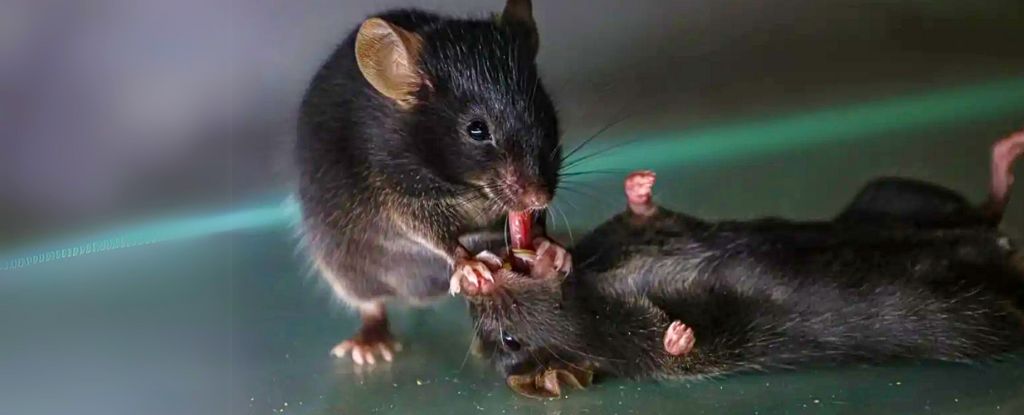I remember April 1995 very well. It was the month that the stunning and iconic image that has been called ‘Pillars of Creation’ was released.
It was taken by the Hubble Space Telescope but now the James Webb Telescope is getting in on the act.
Webb snapped images of the Eagle Nebula (home to the ‘pillars’) early on but now astronomers have combined the data form Hubble and Webb to create an amazing 3D animation flight through the nebula.
frameborder=”0″ allow=”accelerometer; autoplay; clipboard-write; encrypted-media; gyroscope; picture-in-picture; web-share” referrerpolicy=”strict-origin-when-cross-origin” allowfullscreen>
The Pillars of Creation are composed mostly of cool molecular hydrogen and dust. They are being worn away by strong winds and ultraviolet radiation emitted by nearby hot, young stars.
The pillars, which resemble great big cosmic fingers have additional protrusions, that are larger than the solar system, extending from their tops. Embedded within these fingers are young hot stars. The tallest of the pillars measures three light-years from top to bottom.
The stunning new 3D movie takes viewers on a journey through the structures of the pillars, relying on real observational data from a scientific study led by Anna McLeod, an associate professor at the University of Durham in the United Kingdom. The video allows viewers to get a glimpse at how the two space telescopes can collaborate.
The new visualization allows viewers to understand how two of the world’s most powerful space telescopes collaborate to deliver a more detailed view. Hubble captures objects glowing in visible light at thousands of degrees, while Webb’s infrared camera is sensitive to cooler objects at just hundreds of degrees and can penetrate the dust to reveal stars embedded within.
The movie does more than just create a fabulous video. It helps viewers to explore a number of different areas and stages of star formation.
The central pillar for example is approached and can be observed with an infant protostar embedded at its top. It can be seen glowing bright red in the infrared image.
Near the top of the left pillar is a diagonal jet of material that has been ejected from a newborn star. The hot young star cannot be seen but the jet gives away its presence. Finally at the tip of one of the left pillar’s protrusions is a brand new star that is shining brightly.
Another wonderful benefit of the new 3D visualization is the creation of a 3D printable model of the Pillars of Creation. The information has been converted into an STL file format that can be downloaded and printed at home using 3D printers.
Not only will this be of fabulous interest to fellow geeks but it will also be of immense educational value to schools.
This article was originally published by Universe Today. Read the original article.





